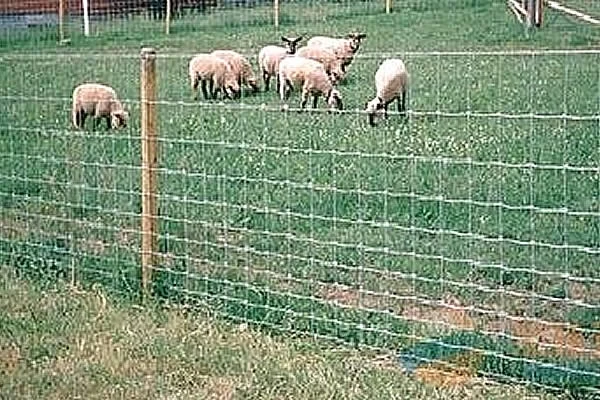 TEL:
+86-13102802206
TEL:
+86-13102802206
 Email:
fencenetting@china.com
Email:
fencenetting@china.com
 Language
Language
 TEL:
+86-13102802206
TEL:
+86-13102802206
 Email:
fencenetting@china.com
Email:
fencenetting@china.com
 Language
Language


Understanding the Price of Rolled Barbed Wire
Barbed wire has been a crucial component in fencing and security for many years. Its primary purpose is to deter intruders and keep livestock or property secure. The price of rolled barbed wire can vary significantly based on several factors, including material quality, manufacturing processes, and market demand.
Material Quality
The most common types of barbed wire are galvanized and PVC-coated wire. Galvanized wire is coated with zinc, providing excellent corrosion resistance, which is essential for outdoor use. The price for galvanized barbed wire tends to be lower compared to PVC-coated options, yet the latter comes with added durability and lifespan, making it a preferred choice for those looking for longevity. As raw material prices fluctuate, the cost of barbed wire also adjusts, impacting overall pricing in the market.
Manufacturing Processes
The production method can also influence the price of rolled barbed wire. More advanced manufacturing techniques that ensure stronger and more durable products often come at a higher cost. Additionally, the presence of sharp barbs and the spacing between them can affect the wire's effectiveness and safety, thereby influencing its market value. Manufacturers that utilize higher standards in their production processes may offer products at a premium price point, yet the investment can yield significant benefits in terms of performance and durability.

Market Demand
Market trends play a vital role in determining the price of rolled barbed wire. Factors such as agricultural expansion, construction requirements, and security needs in urban areas can spike demand, consequently raising prices. For instance, during periods of economic growth or increased agricultural activities, the demand for barbed wire tends to rise, pushing prices upward. Conversely, during times of economic downturn or reduced agricultural activity, the prices may stabilize or even decline.
Bulk Purchasing and Discounts
Another aspect to consider when evaluating the price of rolled barbed wire is the potential for bulk purchasing discounts. Many suppliers offer lower prices per unit when customers buy in larger quantities. Those needing extensive fencing solutions may find that purchasing in bulk not only reduces costs but also ensures uniformity in the quality and type of wire used.
Conclusion
In conclusion, the price of rolled barbed wire is influenced by various factors, including material quality, manufacturing processes, and market demand. It is crucial for consumers to consider these elements when sourcing barbed wire, ensuring they find the right balance of quality and price that meets their fencing and security needs. Proper assessment and understanding can lead to making informed purchasing decisions, securing properties effectively without excessive expenditure.